In the fast-paced world of data-driven decision-making, hiring a competent data modeler is crucial for converting raw data into meaningful insights. However, many companies struggle with defining the right skills and qualifications needed for this role, resulting in a mismatch of expectations. A seasoned recruiter knows that a successful data modeler must possess a blend of technical proficiency in data modeling tools and techniques, along with the ability to communicate complex data concepts clearly to stakeholders.
This article will guide you through the entire hiring process for a data modeler. We'll cover key areas like defining their responsibilities, identifying necessary skills, crafting an effective job description, and utilizing skills tests to screen candidates. For more insights on crafting job descriptions, visit our page on data modeler job descriptions.
Table of contents
What Does a Data Modeler Do?
A Data Modeler designs and creates data structures that represent an organization's information systems. They work closely with stakeholders to understand business needs and translate them into efficient database designs that support data storage, retrieval, and analysis.
The day-to-day responsibilities of a Data Modeler include:
- Analyzing business requirements and creating conceptual, logical, and physical data models
- Designing database schemas and data warehouses
- Collaborating with developers, analysts, and business users to optimize data structures
- Implementing data governance policies and ensuring data quality
- Documenting data models and maintaining data dictionaries
- Participating in data integration and migration projects
- Continuously improving existing data models to meet evolving business needs
Data Modeler Hiring Process
Hiring a data modeler usually takes around 6 to 8 weeks. Here's a streamlined overview of the process to help guide you.
- Create a detailed job description: Make sure to articulate the specific skills and responsibilities required for the role. This will help attract the right candidates.
- Post the job: Share it on relevant job boards and platforms. Expect to receive applications within a week.
- Shortlist resumes: After a thorough review, shortlist candidates based on their qualifications and relevant experience. This may take about a week.
- Conduct skills assessments: Administer technical tests or case studies to evaluate candidates' abilities. Allow 4-5 days for results to come in.
- Interview shortlisted candidates: Schedule interviews to gauge cultural fit and depth of knowledge. This step could take another week.
- Make the offer: Once you've identified the top candidate, extend a job offer and negotiate terms.
In summary, this process typically spans 6 to 8 weeks depending on your pace. Each step is critical for ensuring you select the right candidate. Now, let's explore each phase in more detail, including handy checklists and additional resources.
Skills and qualifications to look for in a Data Modeler
Before you kick off the hiring process for a Data Modeler, it's key to establish an accurate candidate profile for your company. This can be tricky because the must-have skills for one organization might just be a nice-to-have for another. For example, while some data modelers need expertise in ERwin, for others, it might be more about their experience with cloud environments.
It's important to distinguish between required and preferred skills to avoid confusion during hiring. A solid foundation in SQL and database management systems is often non-negotiable, while familiarity with big data technologies might be more of a bonus. You might find additional resources on how to conduct an effective skills-based hiring process helpful.
| Required skills and qualifications | Preferred skills and qualifications |
|---|---|
| Bachelor’s degree in Computer Science, Information Technology, or a related field | Master’s degree in a relevant field |
| Proven experience in data modeling and database design | Experience with specific data modeling tools like ER/Studio or ERwin |
| Strong proficiency in SQL and database management systems | Familiarity with big data technologies and platforms |
| Experience with data warehousing solutions and enterprise data architecture | Experience in working with cloud environments (AWS, Azure, Google Cloud) |
| Excellent analytical and problem-solving skills | Certification in data management or data modeling |
How to Write an Effective Data Modeler Job Description
Creating a compelling job description is key to attracting top data modeling talent. Here are some quick tips to help you craft an appealing Data Modeler job description:
- Highlight key responsibilities: Clearly outline the role's main tasks, such as designing data models, optimizing database performance, and collaborating with stakeholders.
- Balance technical and soft skills: Emphasize both technical requirements (e.g., SQL, data modeling tools) and soft skills like communication and problem-solving.
- Showcase your company's USP: Highlight unique projects, growth opportunities, or company culture to set your role apart.
- Be specific about qualifications: List required certifications, years of experience, and any industry-specific knowledge needed.
10 platforms to hire Data Modelers
After crafting a detailed job description for a data modeler, the next step is to effectively list the position on various job platforms. By leveraging established job boards and specialized sites, recruiters can reach a wider pool of qualified candidates and streamline the hiring process.
LinkedIn Jobs
Ideal for posting full-time data modeler positions and reaching a wide network of professionals. Offers advanced search and filtering options for recruiters.

Indeed
Large job board with a broad reach for full-time data modeler roles. Provides tools for resume searching and applicant tracking.
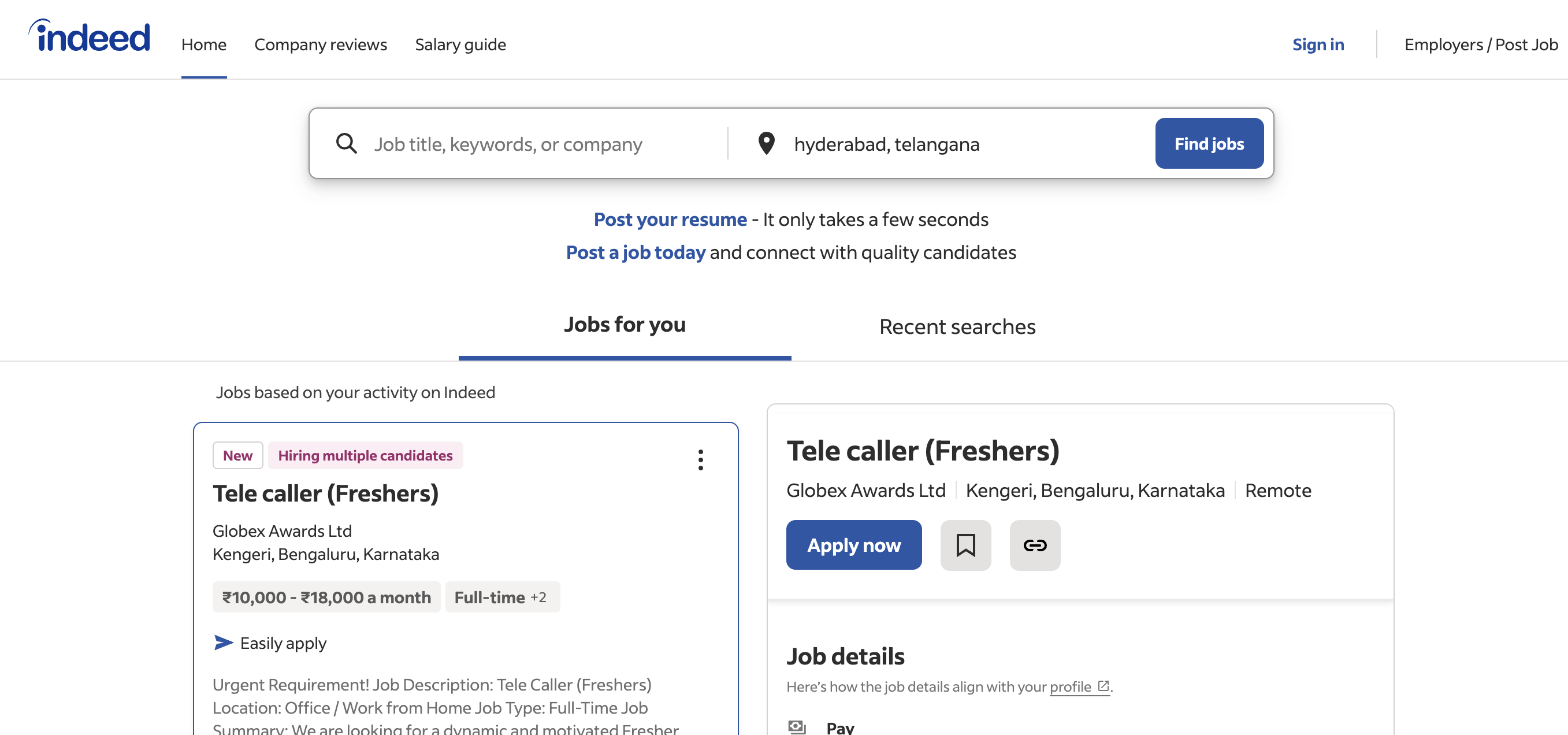
Glassdoor for Employers
Useful for posting full-time positions and showcasing company culture. Allows employers to respond to reviews, enhancing employer branding.
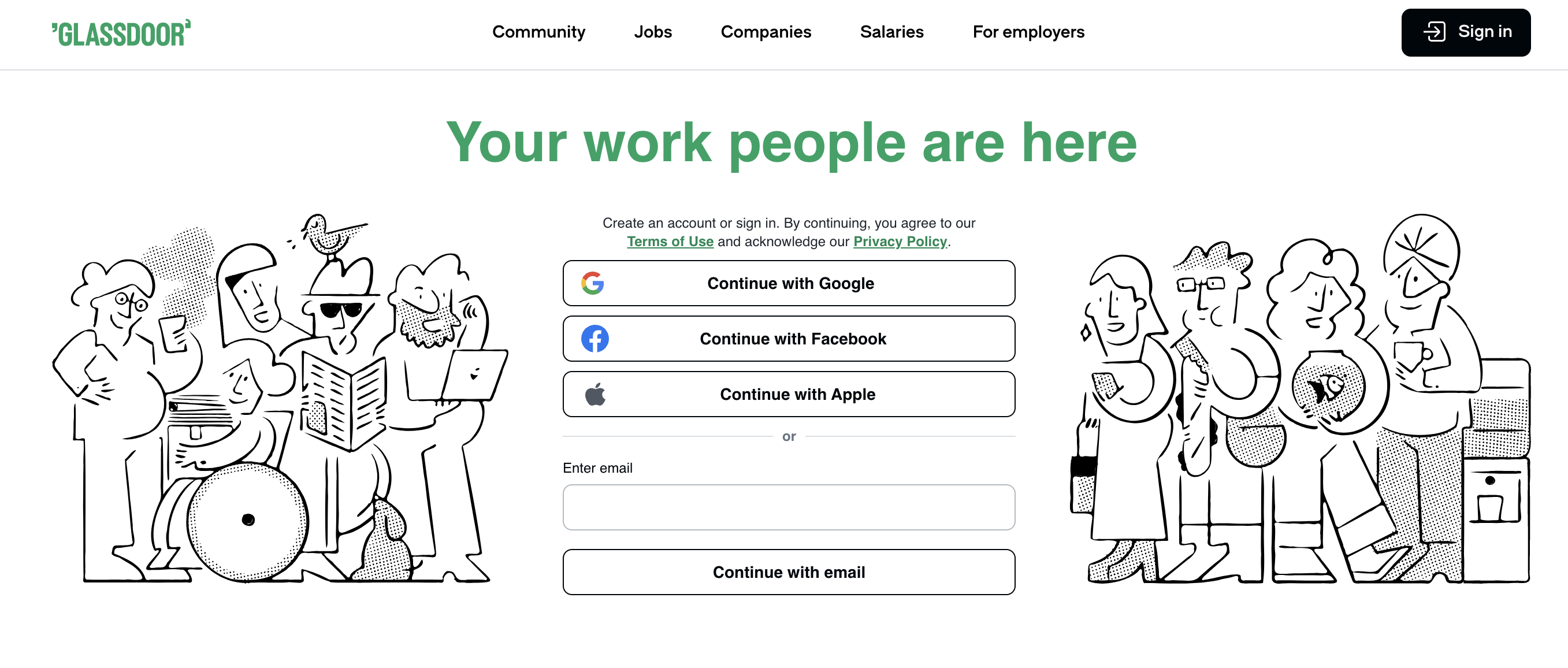
To kick off your search, consider using LinkedIn Jobs, where you can connect with a vast network of professionals. Indeed also provides a broad reach, making it easy to find full-time candidates. Glassdoor for Employers helps you showcase your company's culture while attracting potential hires. For more tech-focused opportunities, platforms like Dice cater specifically to tech roles. As you explore further, you will find several other platforms like Upwork, Toptal, Remote.co, AngelList Talent, Kaggle Jobs, and Monster that cater to different hiring needs and candidate profiles.
How to Screen Data Modeler Resumes?
Resume screening is a necessary step in the hiring process that helps recruiters and hiring managers manage the flood of applicants. Without it, you could waste time interviewing candidates who aren’t quite the right fit for the role. It's about narrowing down the pool to those who have the best chance of being suitable candidates.
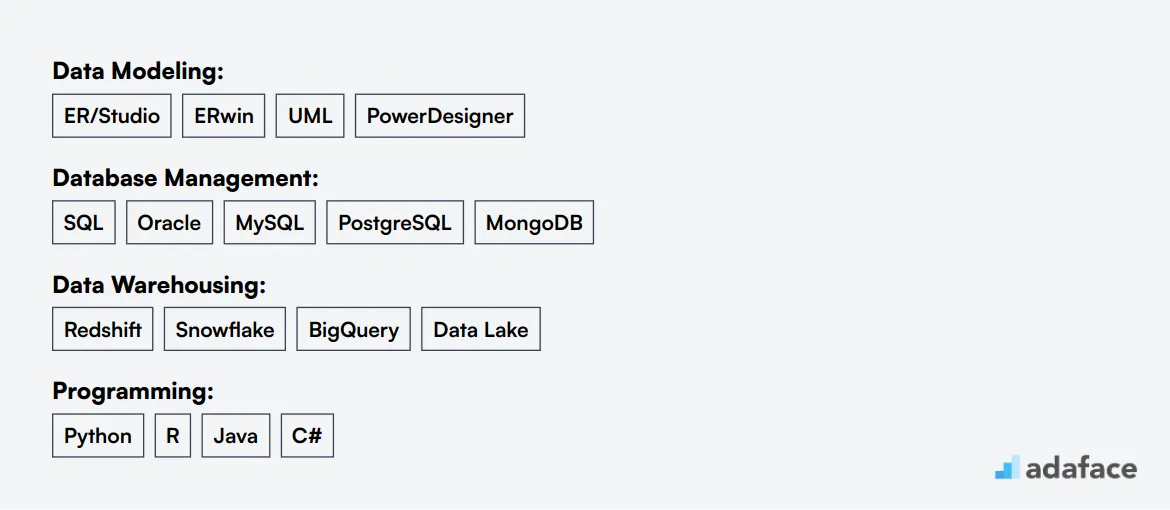
To screen resumes manually, familiarize yourself with the key skills and qualifications a Data Modeler should possess. Look for primary keywords such as 'data modeling', 'SQL', and 'database design', along with secondary terms like 'ER/Studio', 'ERwin', or 'data warehousing solutions'. This will help you quickly identify candidates with relevant expertise, ensuring they align with your requirements.
To streamline the process further, consider using AI LLMs for screening. These tools can help you quickly analyze resumes based on your specified keywords. Simply input your criteria into the tool, and it will sift through the data, offering a more efficient way to spot promising candidates.
Here’s a sample prompt you could use with AI tools:
TASK: Screen resumes to match job description for Data Modeler role
INPUT: Resumes
OUTPUT: For each resume, provide following information:
- Email id
- Name
- Matching keywords
- Score (out of 10 based on keywords matched)
- Recommendation (detailed recommendation of whether to shortlist this candidate or not)
- Shortlist (Yes, No or Maybe)
RULES:
- If you are unsure about a candidate's fit, put the candidate as Maybe instead of No
- Keep recommendation crisp and to the point.
KEYWORDS DATA:
- Data Modeling (ER/Studio, ERwin)
- Database Management (SQL, Oracle)
- Data Warehousing (Redshift, Snowflake)
For more insights on technical screening and skills-based hiring, explore the available resources.
Which skills tests should you use to assess Data Modelers?
Hiring a skilled Data Modeler can be a game-changer for your organization, and skills tests are a reliable way to identify the right talent. These tests provide an objective measure of a candidate's abilities, ensuring that you hire someone who can meet the specific demands of your data projects.
Data Modeling Test: This test evaluates candidates' understanding of data models, their structure, and design principles. It helps assess their capabilities in creating efficient and scalable data structures, crucial for maintaining data integrity and accessibility.
SQL Online Test: Mastery of SQL is indispensable for Data Modelers. This test gauges candidates' skills in writing and optimizing SQL queries, a core requirement for data manipulation and retrieval in any database environment. Explore the SQL skills test for more insights.
ETL Online Test: Extract, Transform, Load (ETL) processes are at the heart of data management. This test assesses candidates' abilities to design and implement ETL workflows, which are essential for efficient data integration and transformation. Discover more about the ETL skills test.
UML Online Test: Understanding Unified Modeling Language (UML) is important for Data Modelers to visualize and construct data interactions and architectures. This test evaluates their proficiency in using UML diagrams to represent systems. Learn more about the UML skills test.
Business Intelligence Developer Test: Data Modelers often collaborate with business intelligence teams. This test measures candidates' ability to interpret data trends and translate insights into actionable business strategies. Check out the Business Intelligence Developer Test for further details.
Case Study Assignments to Hire Data Modelers
Case study assignments are a valuable tool for assessing a candidate's skills, but they also have drawbacks. They can be time-consuming and may deter talented candidates due to the effort required. Here, we provide sample case studies to help identify the best data modelers for your team.
Data Normalization Scenario: This assignment involves normalizing a dataset to reduce redundancy and improve data integrity. It's recommended for data modelers as it tests their understanding of creating relational databases, a key skill highlighted in data modeler job descriptions.
Entity-Relationship Diagram Creation: Candidates are tasked with designing an ER diagram for a given business scenario. This tests their ability to visually represent database structures and relationships, a fundamental ability for data modelers.
Data Warehousing Case Study: This case study involves designing a data warehouse solution for a hypothetical company. It evaluates the candidate's skills in organizing large volumes of data, a critical aspect for roles involving big data and data warehousing.
How to structure the interview stage for hiring Data Modelers
Once candidates pass the skills tests, the next stage is the technical interview where their hard skills are assessed. Skills tests help filter unfit candidates, but the interview is crucial for identifying the best fit for the role. It's at this stage that you delve deeper into the candidate’s understanding of data modeling concepts and practices.
Consider asking questions like: What are the key differences between logical and physical data modeling? This question evaluates the candidate's grasp of fundamental concepts. How do you handle data redundancy in a database? helps in understanding their problem-solving approach. Describe a challenging data modeling project you've worked on and how you tackled it can reveal their practical experience. What tools do you prefer for data modeling and why? assesses familiarity with industry-standard tools. Lastly, How do you ensure data model validation and integrity? focuses on their attention to detail. For a broader view, explore our list of data modeler interview questions.
How Much Does It Cost to Hire a Data Modeler?
Hiring a Data Modeler can vary significantly in cost depending on the location and experience level. In the United States, salaries typically range from $77,469 to $169,441, with an average of $120,038. In India, you might expect to pay between ₹930,657 and ₹2,500,000, while in Australia, the range is from AUD 91,810 to AUD 156,608, with an average median of AUD 119,909. Factors such as demand in specific cities can also impact salary expectations.
Data Modeler Salary in the United States
The average salary for a Data Modeler in the United States is approximately $120,038. Salaries can range from a minimum of about $77,469 to a maximum of $169,441, depending on factors like location and experience. Notable cities such as Irving, TX, and Richmond, VA, exhibit median salaries of $120,020 and $113,954, respectively.
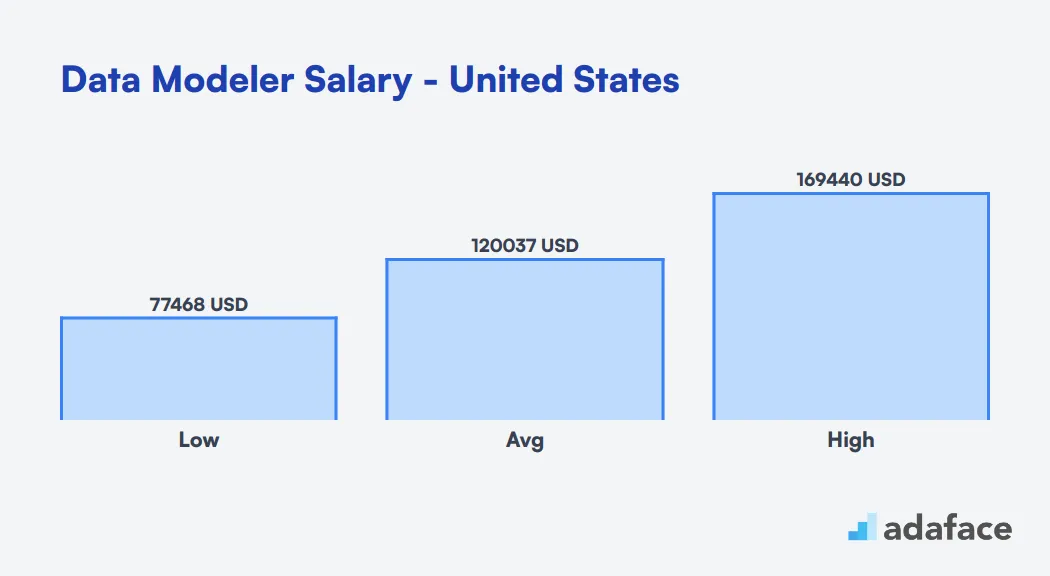
Data Modeler Salary in the United Kingdom
In the United Kingdom, Data Modelers earn competitive salaries. The average annual salary for a Data Modeler in the UK ranges from £40,000 to £70,000. This variation depends on factors such as experience, location, and industry.
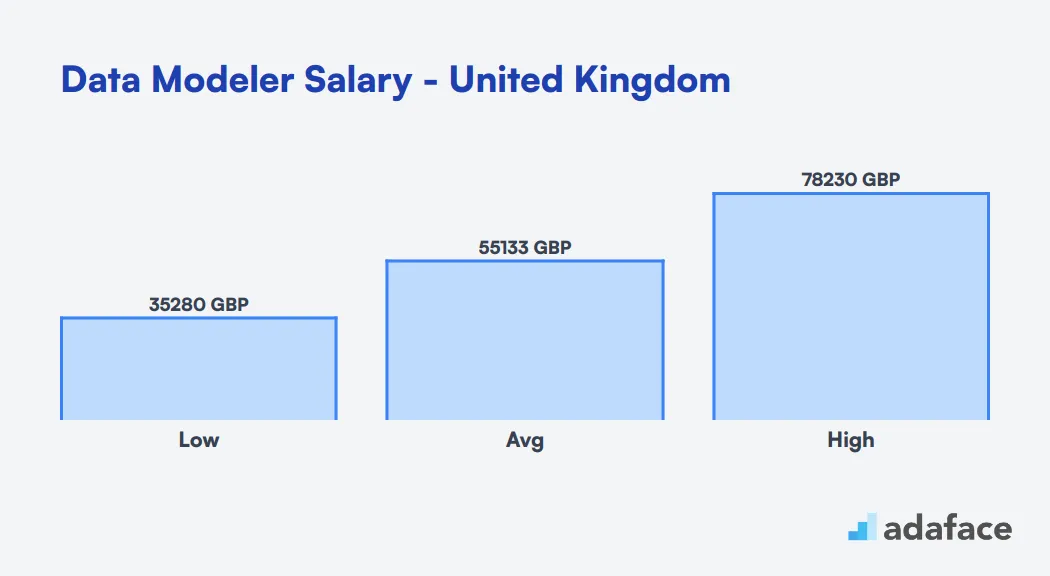
Data Modeler Salary in Australia
In Australia, Data Modelers enjoy competitive salaries across major cities. The national average salary ranges from AUD 91,810 to AUD 156,608, with a median of AUD 119,909.
Canberra offers the highest salaries, with a median of AUD 169,827, followed by Brisbane at AUD 133,978. Melbourne, Sydney CBD, and greater Sydney offer median salaries between AUD 106,851 and AUD 119,063.
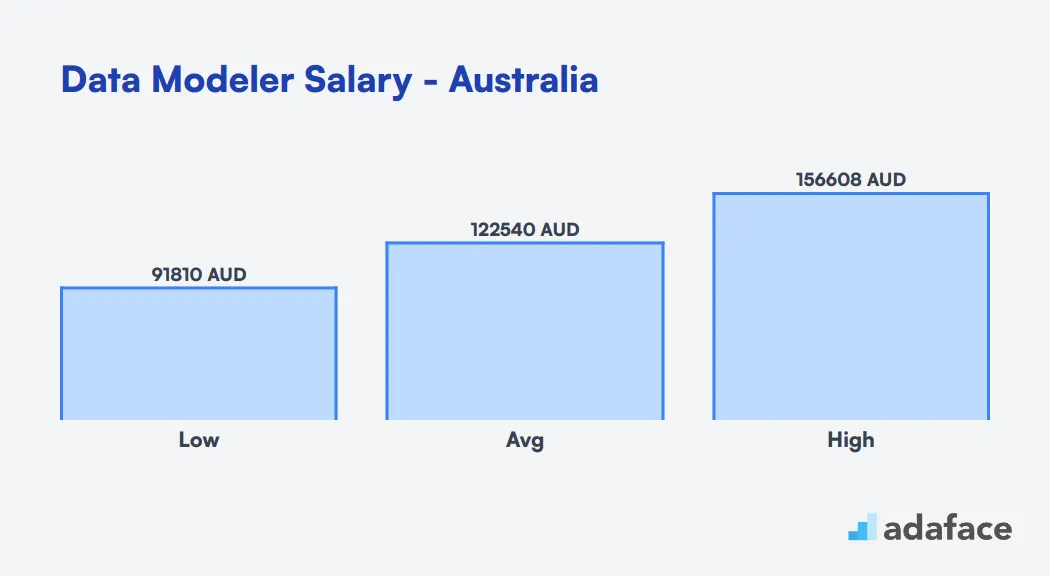
Data Modeler Salary in India
The average salary for a Data Modeler in India is approximately ₹1,650,000 per year. Salaries can range from ₹930,657 to as high as ₹2,500,000, depending on factors such as location, experience, and the specific organization. For instance, cities like Mumbai and Hyderabad often offer higher salaries compared to other locations.
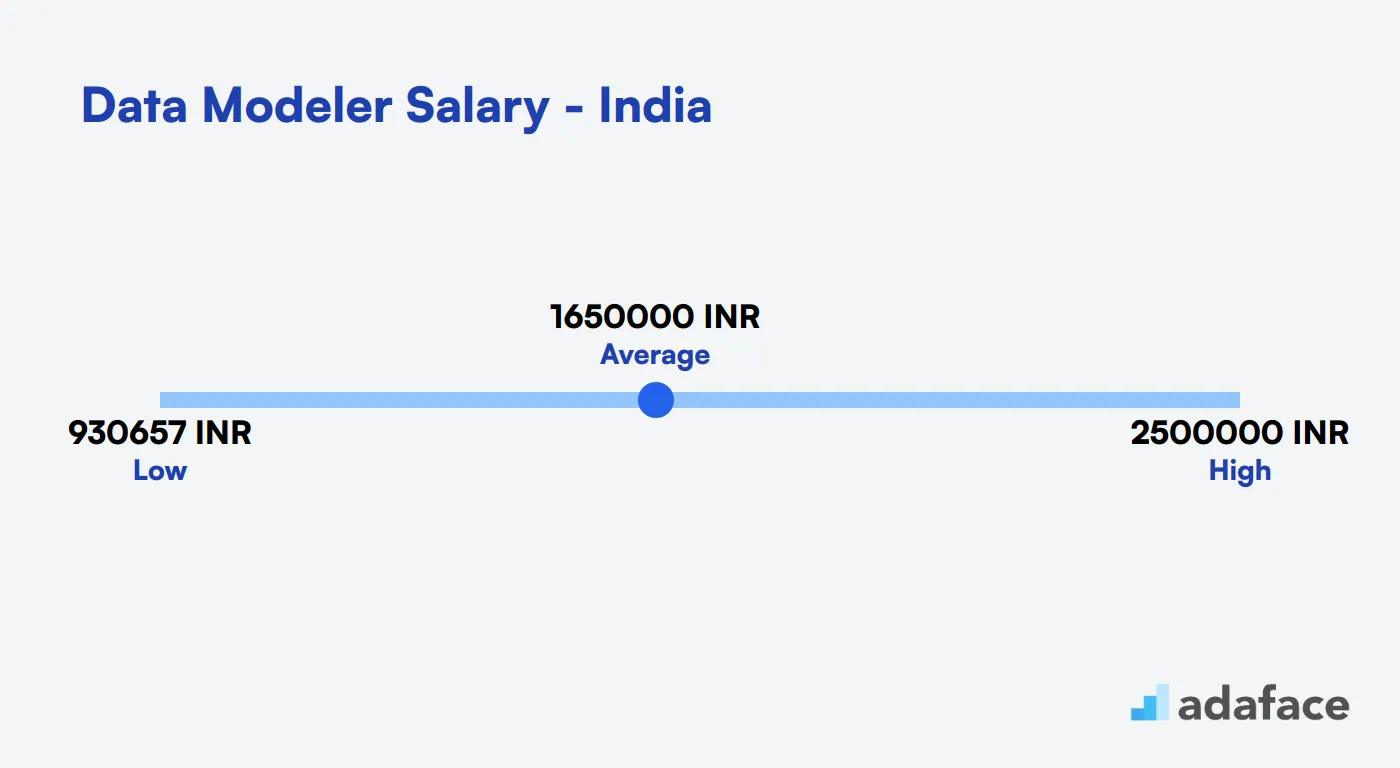
What's the difference between a Data Modeler and a Database Administrator?
Data Modelers and Database Administrators (DBAs) both play important roles in managing data, but their responsibilities and skill sets differ significantly. While they may collaborate on projects, their primary focuses and day-to-day tasks are quite distinct.
Data Modelers concentrate on designing data structures and creating conceptual, logical, and physical data models. They use tools like ER/Studio, Erwin, and Visio to visualize data relationships. Their skill set includes data modeling, entity-relationship diagrams (ERD), and normalization techniques.
On the other hand, Database Administrators focus on managing and maintaining databases. They handle tasks such as backup, recovery, security, and user management. DBAs typically work with tools like SQL Server Management Studio and Oracle Enterprise Manager.
In terms of programming languages, Data Modelers primarily use SQL and UML, while DBAs work with SQL, PL/SQL, and T-SQL. Data Modelers often pursue certifications like CDMP or CMDBA, whereas DBAs might aim for Oracle DBA or Microsoft Certified: Azure Database Administrator credentials.
Career progression also differs between these roles. Data Modelers often advance to positions like Data Architect or Enterprise Data Modeler. DBAs typically progress to Senior DBA or Database Architect roles.
| Data Modeler | Database Administrator | |
|---|---|---|
| Primary Focus | Designing data structures | Managing and maintaining databases |
| Skill Set | Data modeling, ERD, normalization | Database administration, performance tuning, security |
| Tools | ER/Studio, Erwin, Visio | SQL Server Management Studio, Oracle Enterprise Manager |
| Programming Languages | SQL, UML | SQL, PL/SQL, T-SQL |
| Typical Certifications | CDMP, CMDBA | Oracle DBA, Microsoft Certified: Azure Database Administrator |
| Key Responsibilities | Creating conceptual, logical, physical data models | Backup, recovery, security, user management |
| Interaction with Business | High, translating requirements into data structures | Moderate, focused on technical database needs |
| Career Progression | Data Architect, Enterprise Data Modeler | Senior DBA, Database Architect |
Understanding the Ranks of Data Modelers
Many people often confuse data modelers with other data-related roles. This confusion arises due to the overlap in responsibilities among various positions within data management and analysis.
• Junior Data Modeler: This is typically an entry-level position. Junior data modelers assist in the creation of data models and gain experience by working under the supervision of senior team members.
• Data Modeler: A standard data modeler is responsible for designing and implementing complex data models. They analyze data requirements and ensure that data structures align with business needs.
• Senior Data Modeler: Senior data modelers take on more responsibility, leading projects and mentoring junior staff. They often engage in strategic discussions regarding data architecture and best practices.
• Lead Data Modeler: This position oversees a team of data modelers and is involved in high-level decision-making. They ensure that the team meets project goals while aligning with overall data strategy.
• Data Architect: While not a direct rank above data modeler, data architects play a crucial role in defining the overall structure of data systems. They work closely with data modelers to create a coherent data strategy.
Hire the Right Data Modelers for Your Team
Through this guide, we've walked through the responsibilities of a Data Modeler, the hiring process, and the essential skills and qualifications to look for. We also discussed crafting effective job descriptions and screening resumes to streamline your recruitment process.
The most important takeaway is to use accurate job descriptions and relevant skills tests to ensure you hire the best fit for your team. Consider leveraging assessments like the Data Modeling Test or the Data Analysis Test to evaluate candidates' technical competencies. This structured approach will help you make informed hiring decisions with confidence.
Data Modeling Skills Test
FAQs
A data modeler should have a solid understanding of data modeling techniques, strong analytical skills, and experience with database design and SQL. A degree in computer science or a related field is often preferred.
You can use skills assessment tests to gauge a candidate's expertise in data modeling, SQL, and data analysis. For specific assessments, visit our data modeling test page.
A job description should outline the responsibilities such as creating and maintaining data models, skills like proficiency in data modeling tools, and the educational background required. For detailed guidance, check our data modeler job description resource.
You can find qualified data modelers on various platforms like LinkedIn, specialized job boards, and recruitment agencies. Our article lists the top 10 platforms for hiring data modelers.
A data modeler focuses on designing data structures and models, while a database administrator manages and maintains the database systems, ensuring their performance and security.
The interview should assess both technical skills and cultural fit. Include technical assessments, case study assignments, and behavioral interviews. Refer to our detailed guide on structuring the interview stage for data modelers.
Yes, a data modeler should be familiar with tools like ERwin, IBM InfoSphere Data Architect, and Microsoft Visio. Knowledge of SQL and database management systems is also essential.

40 min skill tests.
No trick questions.
Accurate shortlisting.
We make it easy for you to find the best candidates in your pipeline with a 40 min skills test.
Try for freeRelated posts
Free resources



